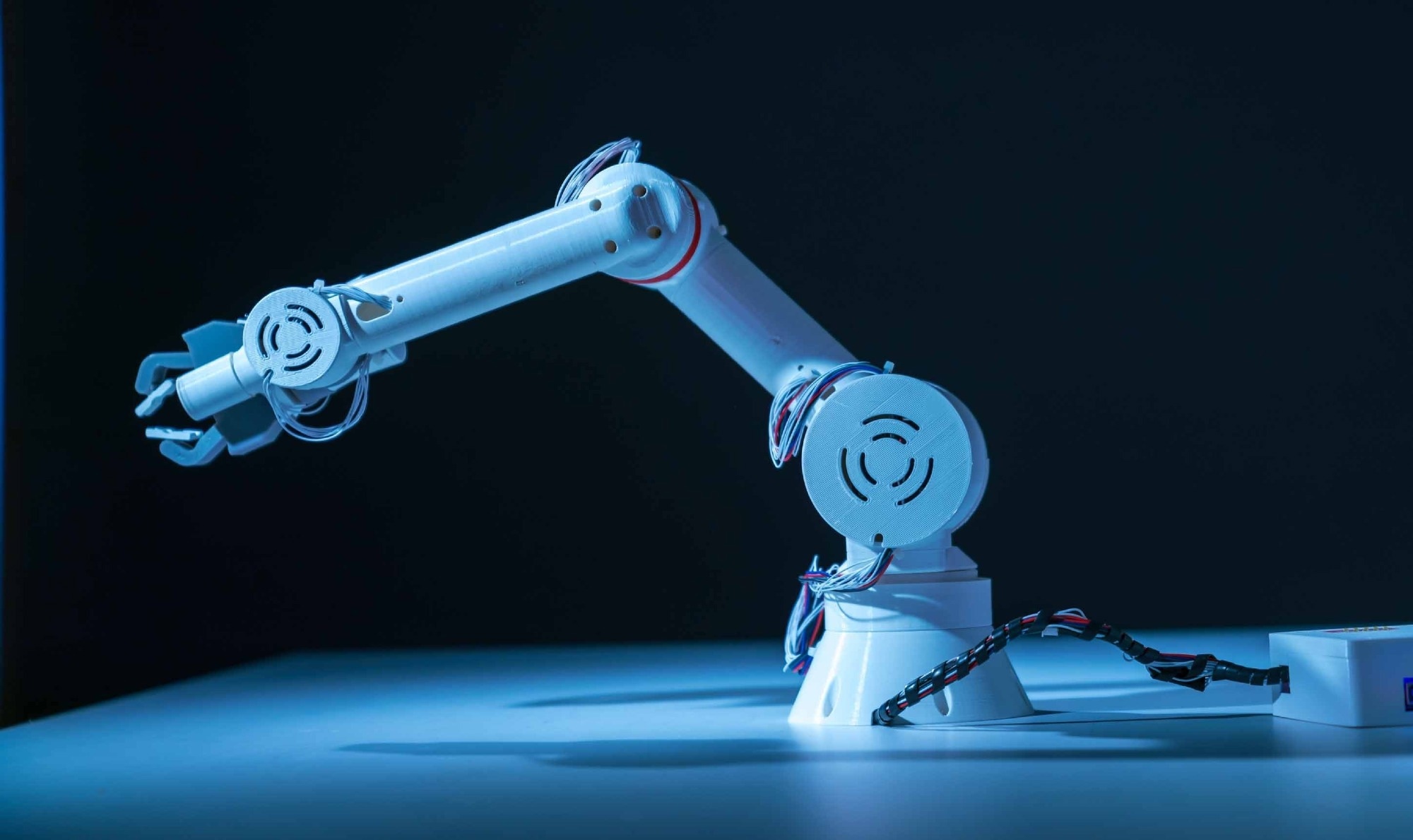 By Muhammad OsamaReviewed by Lexie CornerJul 11 2025
By Muhammad OsamaReviewed by Lexie CornerJul 11 2025A recent study in Nature Communications presents a new class of shape memory polymer (SMP) surfaces embedded with nanotips.
These surfaces feature tunable nanoscale roughness, enabling adjustable dry adhesion across multiple scales. The goal is to improve adhesive systems that can reliably switch between strong attachment and easy release, both on large and small surfaces.
This research highlights the growing demand for materials that can actively adapt their adhesion properties. Such capabilities are especially useful in robotics and biomedical applications.
 Image Credit: luchschenF/Shutterstock.com
Image Credit: luchschenF/Shutterstock.com
Challenges in Adhesion Technologies
To achieve switchable adhesion, researchers created SMP surfaces densely covered with nanotips. These nanotips were used to control roughness. The process began with anisotropic wet etching of silicon wafers in potassium hydroxide (KOH) to form nanoscale pyramid tips. This served as a mold for creating the textured surface.
Hard polydimethylsiloxane (H-PDMS) was cast onto the silicon mold to produce a negative replica. An epoxy-based SMP precursor was then poured into the H-PDMS mold, forming a surface with thermal responsiveness and an RMS roughness of about 200 nm. This level of roughness was essential. In the rubbery state, it limited adhesion. In the glassy state, it increased contact and adhesion.
The SMP surface could change shape with temperature. When cooled under pressure above its glass transition temperature (Tg), the nanotips flattened, increasing contact area (adhesion-on). Reheating restored roughness, reducing contact (adhesion-off).
To test performance, the team used a glass hemisphere probe and a load cell. Joule heating was applied using an indium tin oxide (ITO) glass substrate to regulate temperature. Finite element analysis (FEA) was also used to understand how roughness and stiffness influenced adhesion.
Evaluating Adhesion Performance
Both experiments and simulations showed that the nanotipped SMP surface had a high degree of adhesion switchability. It achieved more than a 1000-fold difference between its rubbery and glassy states.
Above Tg, the SMP remained soft and retained its rough structure. This led to a small contact area and very low adhesion. When cooled below Tg under preload, the surface stiffened and adapted to the shape of the contacting object. The nanotips flattened, increasing both contact area and adhesion.
Normalized contact area data confirmed that increased roughness sharply reduced adhesion in the soft state. An RMS roughness of around 200 nm offered the best balance—low adhesion when soft, strong adhesion when stiff.
The adhesion effect was stable and repeatable. The surface maintained its performance through more than 20 thermal cycles, with no visible wear or loss in adhesion.
The surface also worked well on various materials: glass, acrylic, silicon wafers, wood, and even wet fabric. On a smaller scale, it enabled precise, damage-free handling. For example, it successfully transferred 5 μm silicon microplatelets and 200 nm silicon nitride (Si3N4) inks.
These microobjects adhered strongly in the cooled state and were easily released upon reheating, demonstrating compatibility with two-dimensional (2D) and three-dimensional (3D) microstructures.
Practical Applications in Robotics and Electronics
To show practical use, the researchers integrated the SMP surface with a six-axis robotic arm. A thermoelectric Peltier module allowed for quick heating and cooling. This setup enabled programmed adhesion switching during pick-and-place tasks involving paper, curved glass vials, and integrated circuits.
In microfabrication, the SMP surface helped build transparent and flexible microLED displays. It transferred commercial microLED chips from carrier tapes to PDMS substrates. Controlled heating and alignment ensured proper placement while preserving device performance.
In medical applications, this approach could support drug delivery patches that stick securely during use but release without pain. The microtransfer process also offers a scalable way to produce lightweight, wearable devices.
Download your PDF copy now!
Conclusion and Future Directions
This study shows that thermally responsive SMP surfaces with nanotips can provide reliable, reversible dry adhesion across multiple scales. By addressing key limitations of conventional adhesives, the system supports more precise handling and assembly in areas like robotics and microelectronics.
Future research may focus on refining nanotip shapes, improving SMP response times, and adding other triggers like light or magnetic fields. Applications could expand to include smart medical devices, wearable tech, and soft automation tools.
Journal Reference
Kim, J., et al. (2025). Shape memory polymer surfaces with controllable roughness for multiscale switchable dry adhesion. Nat Commun 16, 4954. DOI: 10.1038/s41467-025-60220-7, https://www.nature.com/articles/s41467-025-60220-7
Disclaimer: The views expressed here are those of the author expressed in their private capacity and do not necessarily represent the views of AZoM.com Limited T/A AZoNetwork the owner and operator of this website. This disclaimer forms part of the Terms and conditions of use of this website.